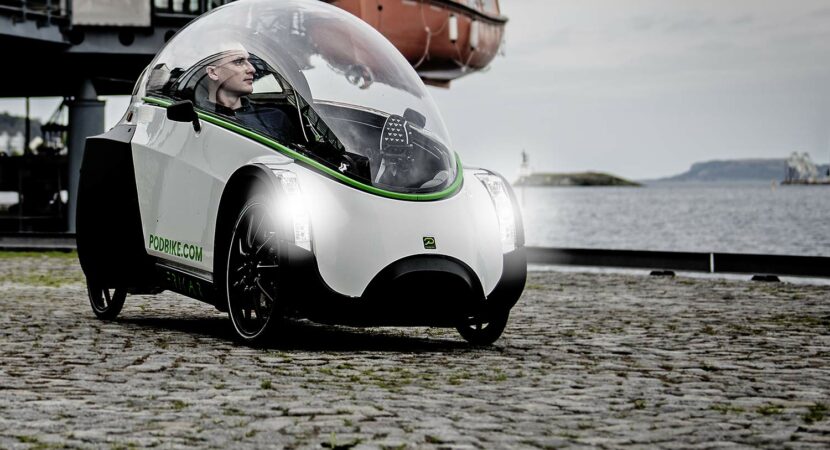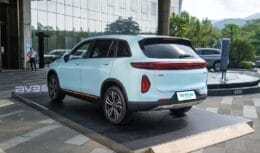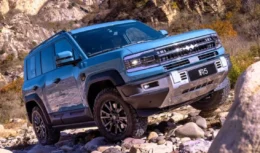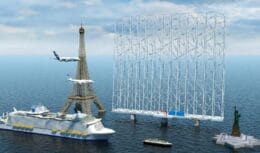
The Frikar, which will already have its first units delivered, combines an electric car with the use of a bicycle, with space for just one person. The innovative vehicle from the Norwegian startup Podbike does not require the driver to have a CNH to drive it
The creators of the new “vehicle”, which was named Frikar, are classifying it as a cross between an electric car and a bicycle. Even though it has four wheels and is closed like a car, this vehicle only has room for one person and has pedals just like a bicycle. The pedals are not connected to a chain like conventional bicycles, but to a type of electric generator that is located at the rear of the Frikar. In this way, Frikar is powered by human energy, like a bicycle. In Europe, the vehicle is being classified as an electric bicycle, so there is no need for a CNH to drive it.
Read also
Get a better understanding of how Frikar works, a combination of an electric car and a bicycle that does not require a driver's license
The Frikar vehicle moves with the help of three 250 motors each, but only one of them is connected to the pedals. With that, the speed of the Frikar can exceed 25 km per hour, which is what the law allows for electric bicycles in European countries.
After reaching 25 km, Frikar can reach up to 60 km per hour, but depending on some specific factors, such as the slope of the terrain on which it is circulating.
Putting it into practice, the engine powered by human energy – pedaling, specifically – only reaches 25 km per hour, but the other two engines that make up the vehicle's power frame provide an extra boost, which depends on how much effort and vigor the Frikar's driver is putting on pedaling.
makers of frikar
The Norwegian company Podbike is responsible for developing the Frikar. In the year 2021, Podbike added an estimated €3,2 million, around R$20 million, in pre-sale requests, which had more than 3.400 orders.
The price of this innovative vehicle is €6.429, around R$40. The first Frikar units were expected to start being delivered only in 2023, but the manufacturer decided to anticipate the delivery of the vehicles, since there had been a number of orders beyond the expectations of the Norwegian startup.
Podbike designed the Frikar to be 2,3 m long and 84 cm high, plus it has a removable sunroof, rear trunk and a seat that can be adjusted. Its autonomy is from 50 to 80 km. If the customer wants ventilation, alarm and internal lights, he can purchase the Plus version, but for an additional amount, to be negotiated with the manufacturer.
“Feeling of driving an electric car”, according to Podbike
Frikar was designed for short-distance trips, as a way to minimize heavy traffic in large urban centers and reduce gas emissions. Despite its single-seat design, it is possible to attach a child seat, as there is enough internal space for this.
According to Podbike, it feels like driving an electric car. Its battery can offer up to 877 Wh, and can be expanded with a module of two auxiliary cells, in addition to being able to be charged in the Frikar or, if desired, the driver can remove it for external charging.
It is worth noting that Frikar does not require the driver to have a driver's license to drive it, as it does not exceed 60 km per hour – depending on the effort made by the person pedaling.












Air Force F-16 fighters…
True friend, what they shot down were…
Air Force F-16 fighters…
I would like to know what planet you live on…
Air Force F-16 fighters…
Which genocide are you talking about? Than…
Air Force F-16 fighters…
Everything is fine, 100-year secrecy,…
Air Force F-16 fighters…
Well... It's flying scrap... Typical...
I am interested in working in Europe
The infamous belt bathed in…
Good afternoon. I am a logistics technician, I have…
The one who wants to do the writing now…
I have a Fiat road. An excellent car.…
I am an elevator technician assistant, I would like to…
I am interested.
Thank God the niobió is being…